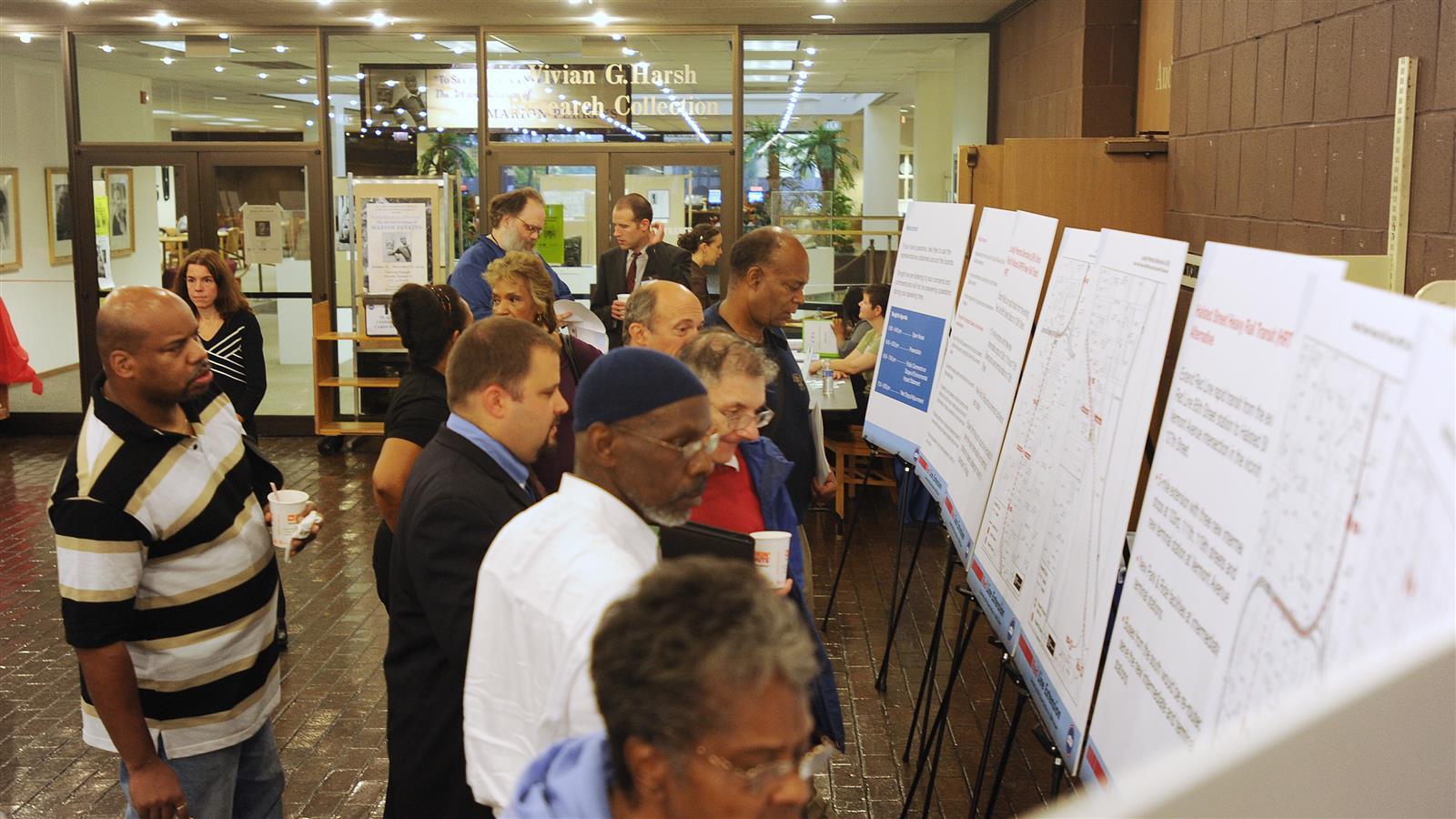Modernizing Transit on Chicago’s Red and Purple Rail Lines
One Phase at a Time
Through public workshops and design charrettes, CTA identified two projects for Phase One of the RPM. The first is the modernization and rebuilding of four stations—Lawrence, Argyle, Berwyn and Bryn Mawr—and their tracks along the north end of the Red and Purple lines. Upgrades include bringing the stations, which were built a century ago, into compliance with the Americans with Disabilities Act and elongating them to accommodate higher-capacity trains. The second project involves construction of a new bypass at Clark Junction, originally built in 1907, where the Red, Purple and Brown lines converge. The new bypass will reroute the Brown Line over the Red and Purple lines to eliminate bottlenecking.
To assist CTA in obtaining federal Core Capacity grants, a joint venture (called the CWC Transit Group) comprising CDM Smith, Jacobs Engineering and Wight & Company developed two comprehensive National Environmental Policy Act (NEPA) analysis documents and provided conceptual engineering for both projects. The Federal Transit Administration (FTA) approved the environmental assessments and issued a Finding of No Significant Impact in late 2015, at the end of an aggressive 18-month schedule. Based on the finding that there were no significant impacts, CTA was able to advance Phase One and apply for further federal funding for the project.
Limiting historic impacts was paramount to the success of the environmental assessments. Both projects pass through historic districts. The station project included two stations with historically designated resources. For the bypass, the realignment necessary to modernize and straighten the tracks meant impacting an historic apartment building that was constructed when development first began in the district. Finding acceptable solutions to preserving this history required careful planning and collaboration.
As a result of early and continued coordination with Chicago’s active historic preservation community, CTA, FTA and city agencies agreed on a plan to develop historic preservation plans for the surrounding historic districts in the Lawrence-to-Bryn Mawr station areas, incorporate historic architectural styles within at least two of the modernized stations, and consider the feasibility of moving the Vautravers Building approximately 29 feet to avoid demolition or retain specific elements of the historically designated building if it could not be moved.
Another important goal of the environmental assessments was careful consideration of and response to public input. One approach taken was to employ an expansive environmental justice outreach program. This program involved soliciting feedback from linguistically isolated Asian communities in the project area who had been traditionally underrepresented in decision-making for public works. Many indicated that the meetings felt like the first time their point of view was taken into account; the fact that the meetings provided a voice to these communities went far in helping CTA win public support for the project. In addition to the environmental justice program, the project team conducted extensive outreach to property owners who would be displaced by construction of the new bypass.
Though unusual in the environmental stage of a project, these consultations helped CTA secure early purchase agreements with some property owners, streamlining the number of properties they would need to acquire later. As a result of CTA and the project team’s outreach efforts, a number of commitments were made to reduce the effects on the community, including implementation of a neighborhood redevelopment plan with potential for transit-oriented development opportunities, the use of sustainable materials in the projects’ design and construction, and the historic preservation plans mentioned above.
In January 2017, FTA announced it would allocate approximately $1.07 billion to CTA for Phase One. With federal funding secured and the public on board, the RPM, which received a 2016 American Council of Engineering Companies’ National Recognition Award, is set to bring big benefits to Chicagoans. The 45,000 people who live within a half-mile of the four targeted stations and depend on transit will have improved access and experience with the Red and Purple lines. Commuters will also save upwards of half a million travel hours each year thanks to the bypass, which will eliminate train backups and improve the system’s overall capacity.












